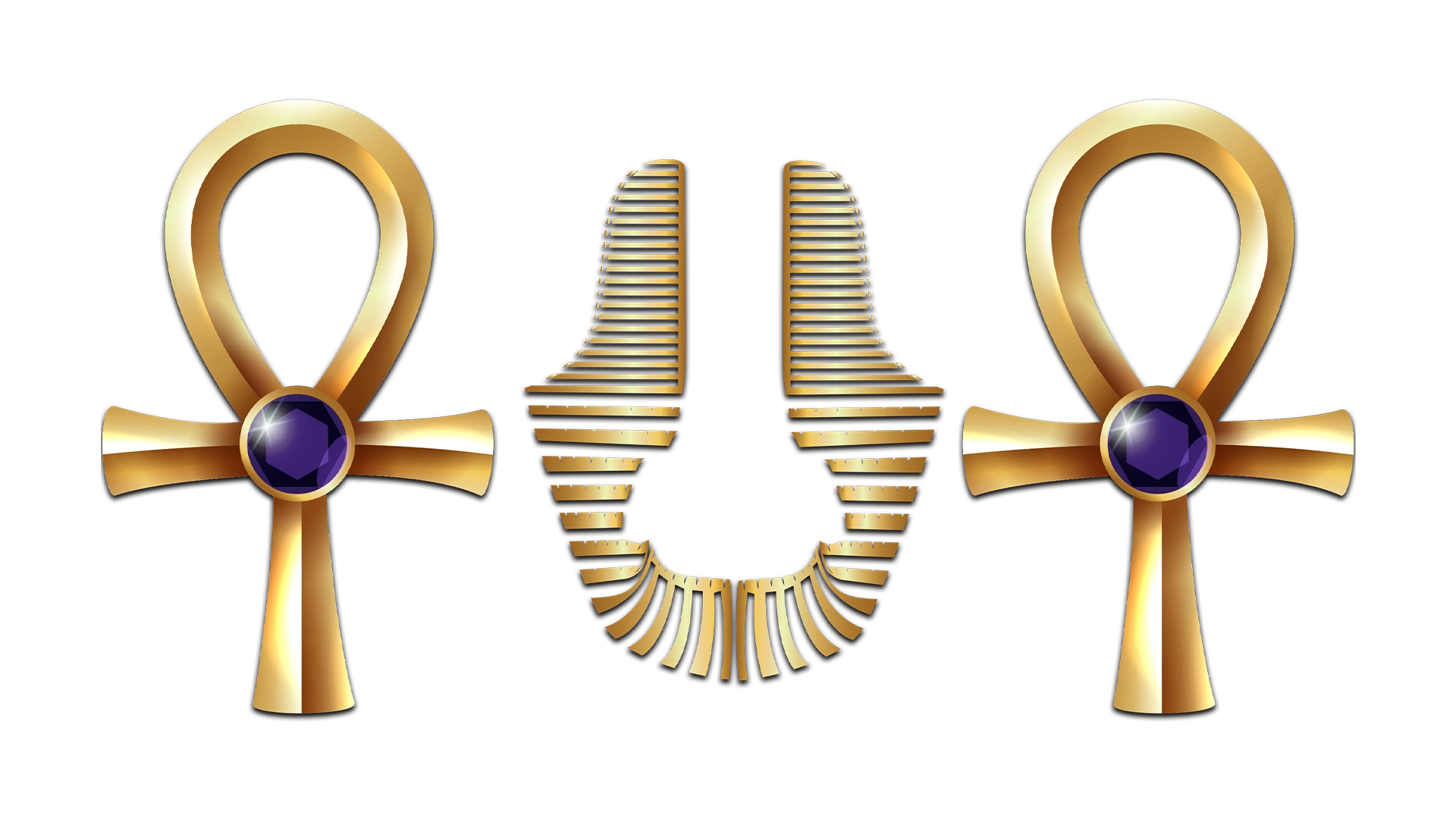Limestone Vase: A Symbol of Protection and Power in Ancient Egypt
The limestone vase, featuring a snake design, represents a beautiful example of ancient Egyptian art. The snake, closely associated with the goddess Wadjet, symbolizes protection and royal authority. In ancient Egypt, the snake was seen as a guardian of the pharaohs and the kingdom. The snake on this vase signifies its role in safeguarding the ruler’s power and divine right to rule.
Crafted from durable limestone, this vase reflects the skill of Egyptian artisans. The smooth surface and sleek lines of the vase serve as the perfect backdrop for the detailed carving of the snake. This design adds cultural significance and artistic beauty to the piece.
The Meaning of the Snake in Egyptian Culture
In Egyptian culture, the snake was a powerful symbol. It represented Wadjet, the goddess of protection and sovereignty. Wadjet often took the form of a cobra, guarding the pharaoh and ensuring his authority. The snake on this limestone vase acts as a protective emblem, reinforcing the pharaoh’s connection to divine power.
This vase likely held an important place in a palace or temple. It was not just a practical object but also a representation of the divine protection over the pharaoh and the kingdom.
Craftsmanship and Historical Value
The limestone vase shows the high level of craftsmanship from ancient Egypt. The fine details in the snake carving demonstrate the artisans’ skill. Limestone was often used in Egyptian art for its durability and workability. The vase’s smooth finish and detailed design highlight the artistry of the time.
This vase was more than just a functional item. It carried symbolic meaning, reflecting the spiritual and cultural values of ancient Egypt.
For more about Egyptian symbols and their significance, visit our Ancient Egyptian Symbols Guide. To explore more items like this, check out our Egyptian Limestone Alabaster Collection.












Reviews
There are no reviews yet.